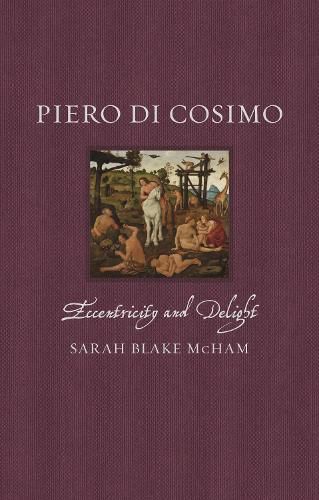Readings Newsletter
Become a Readings Member to make your shopping experience even easier.
Sign in or sign up for free!
You’re not far away from qualifying for FREE standard shipping within Australia
You’ve qualified for FREE standard shipping within Australia
The cart is loading…






This book is an original, cogent account of the singular Florentine painter Piero di Cosimo (1462-1522), providing a concise survey of his life within his social, cultural and literary backdrop. Delving into the artist's deliberately idiosyncratic life, the book shows how Piero chose to live in squalor, and eat nothing but boiled eggs, which (according to Vasari's famous Lives of the Artists) he cooked fifty at a time in his painting glue. This book shows how the artist became the favourite of sophisticated patrons, who were eager to decorate their residences with pagan Greco-Roman mythological subjects. Piero's vividly imagined portrayals led to his cornering the market on these commissions. At the same time his more orthodox, but never ordinary, religious altarpieces and private devotional paintings also won the admiration of leading Florentine families.
$9.00 standard shipping within Australia
FREE standard shipping within Australia for orders over $100.00
Express & International shipping calculated at checkout
This book is an original, cogent account of the singular Florentine painter Piero di Cosimo (1462-1522), providing a concise survey of his life within his social, cultural and literary backdrop. Delving into the artist's deliberately idiosyncratic life, the book shows how Piero chose to live in squalor, and eat nothing but boiled eggs, which (according to Vasari's famous Lives of the Artists) he cooked fifty at a time in his painting glue. This book shows how the artist became the favourite of sophisticated patrons, who were eager to decorate their residences with pagan Greco-Roman mythological subjects. Piero's vividly imagined portrayals led to his cornering the market on these commissions. At the same time his more orthodox, but never ordinary, religious altarpieces and private devotional paintings also won the admiration of leading Florentine families.